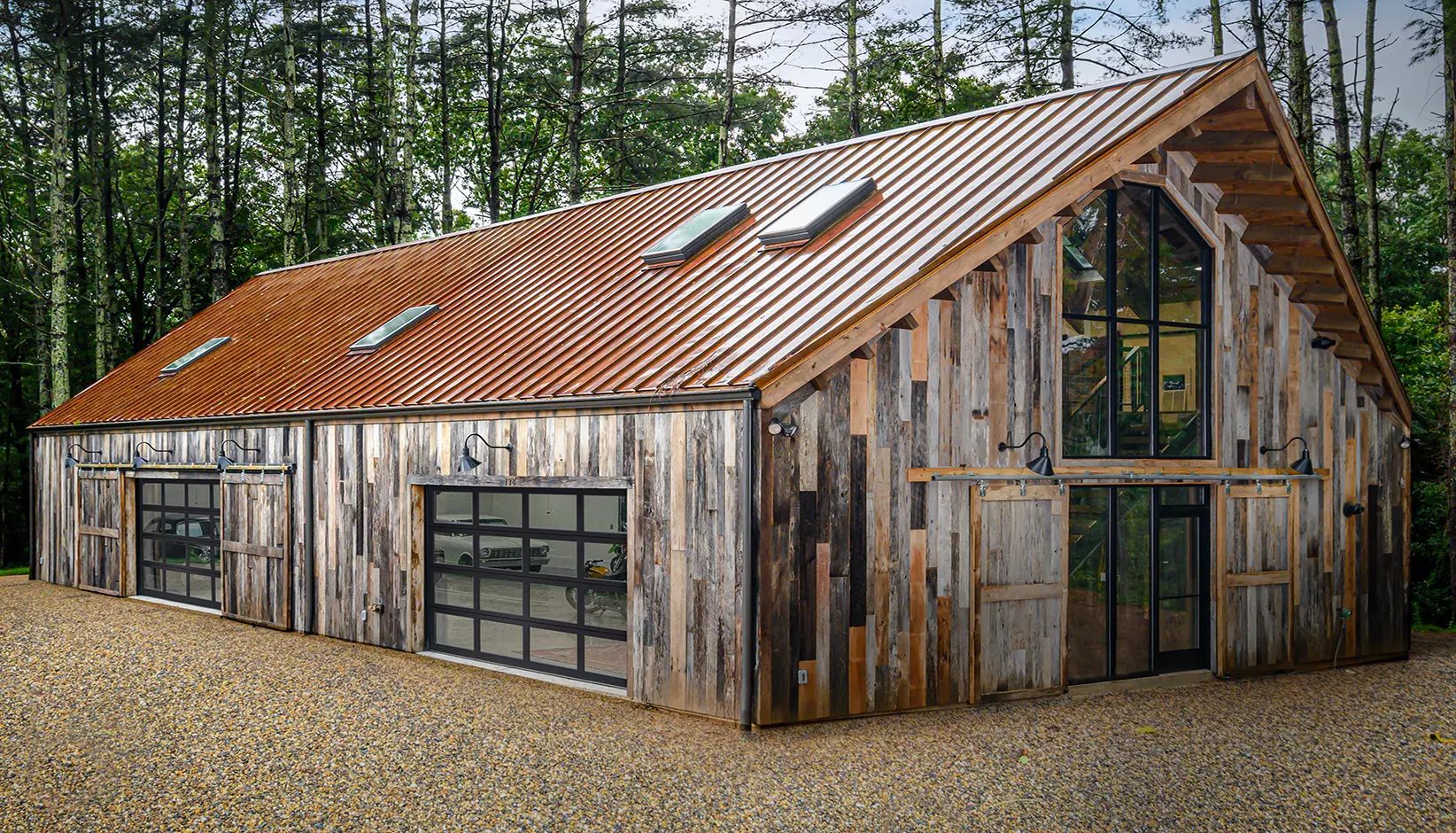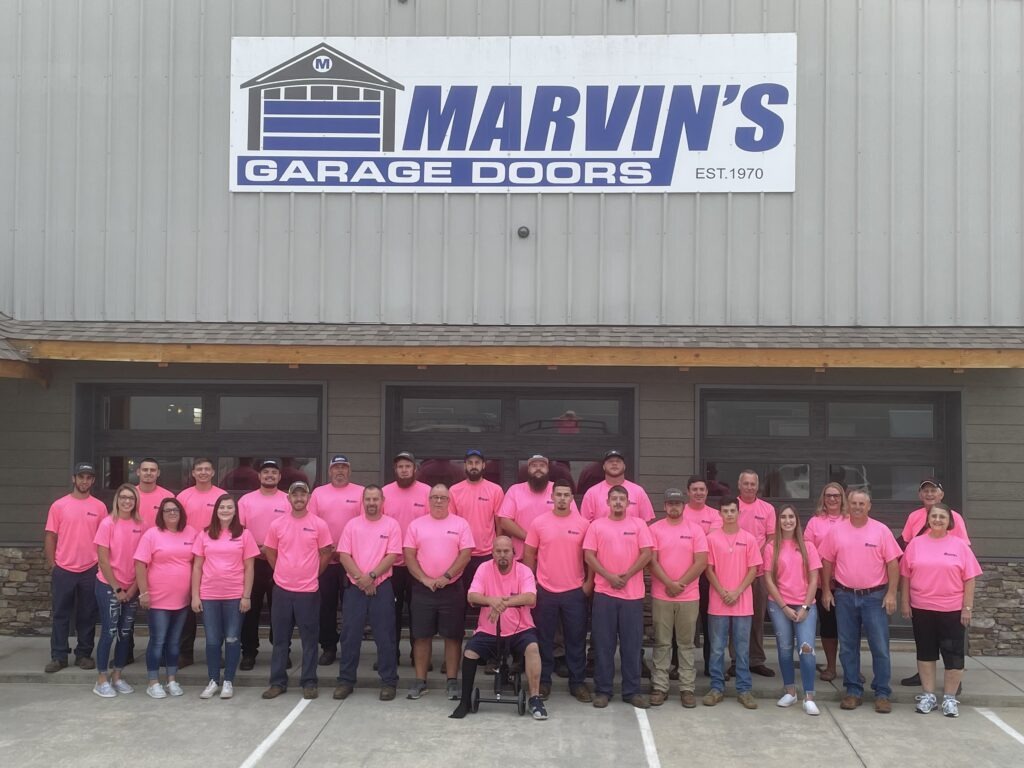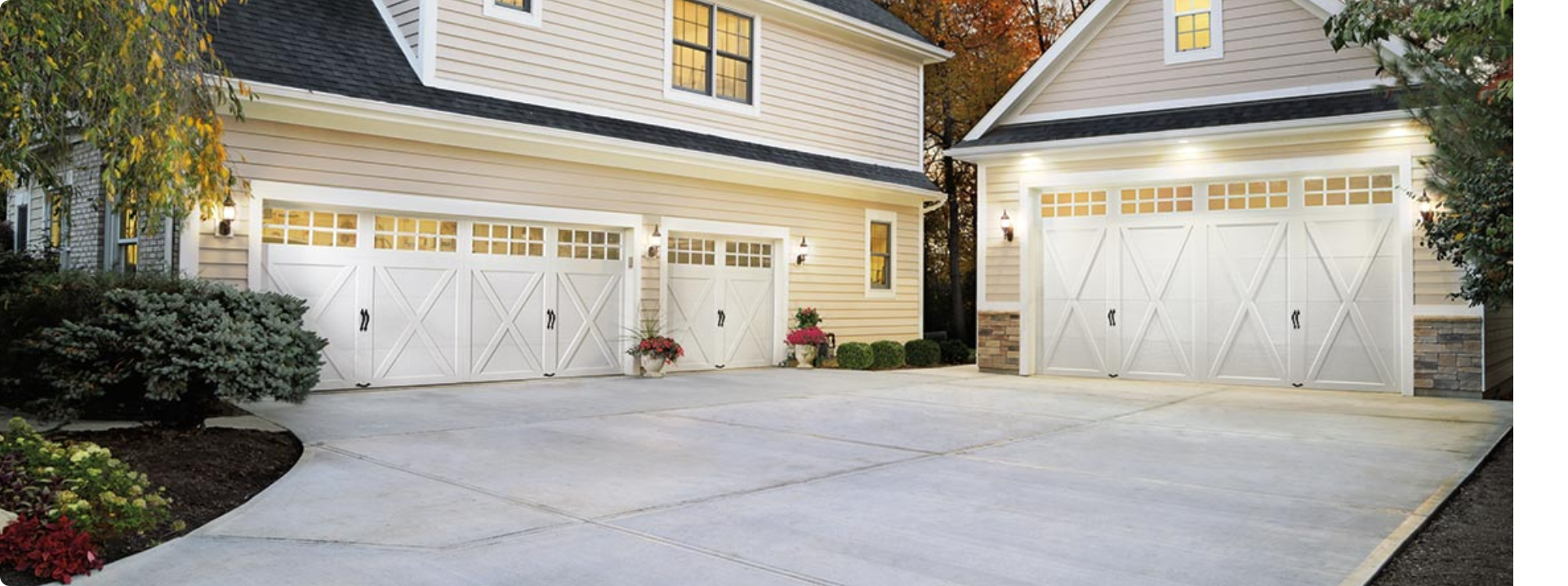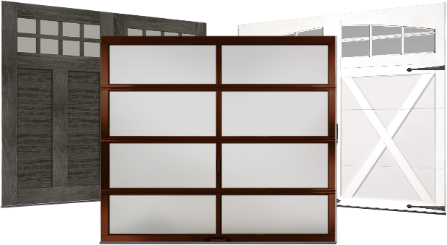
One-Stop Shop for Quality Garage Doors
Are you interested in a new residential garage door for your Winston-Salem, Wilkesboro, East Bend, or Lake Norman property? Look no further — make Marvin’s Garage Doors your one-stop shop for all garage door needs.
We are a family-owned and operated business that has provided quality products and outstanding customer service since 1970. We are proud retailer of Clopay garage doors — a Clopay Master Authorized Dealer, in fact. Clopay has manufactured quality garage door products for over fifty years, developing products that combine visual appeal, build strength and energy efficiency. If you’re interested in purchasing a residential garage door for your North Carolina home, read on to learn more about the Clopay garage doors we offer.



We offer twelve base models of Clopay garage door, each with their own set of design subsets and appointments. Let’s take a look at each Clopay garage door and consider what might work best for your home:







Arrived on time and extremely professional and polite.





Professional, informative, and thorough! Thank you!





Marvin’s Garage Doors was great! Quick to respond and came out the same day to fix our garage door. Will definitely use again and recommend them to anyone needing help/service on their garage doors!










My garage door recently became stuck and while I thought I knew where the problem was, I didn’t feel qualified to fix it so I called Marvins. They were able to come out a few days later, arrived earlier than expected and quickly assessed the problem. They got everything back in working order and did some minor, routine maintenance while they were here. The door works perfectly now, maybe better (and quieter) than before. The guys who came out were very cordial and professional. I thought the price was reasonable. All in all, I’m very satisfied with my experience today.





They came out quickly when our old garage door broke, and we were able to order a new door and have it installed with weeks. Great customer service!





Very fast response time and quickly resolved my problem. Would highly recommend!










Arrived at the promised time. Quickly identified and repaired the problem.





Great service and on time!





Quick and painless for the new replacement garage door. Perfect match to my other door.





Prompt and courteous service. Did a great job repairing the door and did it quickly! Very pleased.





I just had a great experience with Marvin Garage Doors. I gave them a call for a repair, and they were here within the hour. Another hour and the repairs were complete. Service people were very skilled and friendly and polite. Price was also very reasonable. I will call Marvin again the next time we need garage door help!





Wonderful job. Thanks Dillon and Jason for superior service! Highly recommend.










The technician was very friendly and professional. Showed up on time and finished the job without delay.










Marvin’s Garage Door did a fantastic job for us!! Highly recommend them if you’re looking for a new garage door.





They arrived an hour early having called ahead and were very professional and courteous.





Outstanding. Punctual, professional, competent….at a fair price.Great company from ownership to the staff. Incredible service. The way a company should operate.Only the highest regard for the entire organization.





Great job, fixed my garage door and very professional techs. Thanks





Great & prompt service! Completed the job quickly





The doors are Beautiful!! Installers were awesome





Their work was wonderful! Couldn’t be better.





Did a good job





Not pushy at all and tries their best to save the customer money. I had one of their salesman come out to quote me for a new garage door because another company said it was irreparable. I was pleasantly surprised when the salesman said the company can fix it at a fraction of the cost. When we actually need to get a new garage door, we will definitely use Marvin’s.





They always do a great job.





Quick response. Fixed our issues and they were very reasonably priced, friendly and knowledgeable. Would use again and would highly recommend!!





These folks were able to work us in on short notice. Techs were friendly and efficient. We have only used Marvin’s for good reasons.





I am so happy with Marvin’s Garage Doors. The spring on my garage door broke. The owner came out and fixed my issues. Service and communication was so great. He came when they said they would be at my house and not only did he fix the springs, but oiled my system so that it is a lot quieter. I will definitely use them again. Thank you Marvin Garage Doors for , fixing my problem so quickly and affordable! I love supporting a small family business.
Dedicated to Providing Quality Service
To learn more about the insulated, modern, premium steel, wood-look and gallery garage doors we carry for our Winston-Salem, Wilkesboro, East Bend, Lake Norman, and Piedmont region clients, contact Marvin’s Garage Doors today to speak with one of our friendly, knowledgeable sales representatives.



